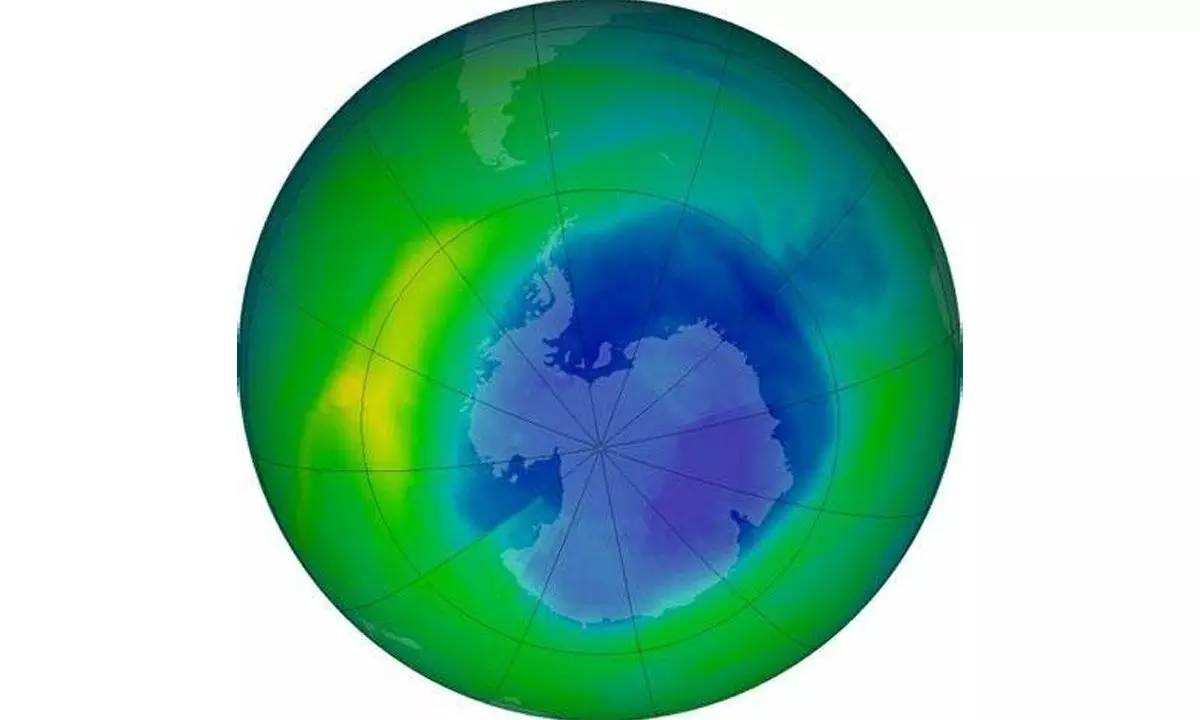Discovery of Ozone Hole

Discovery of Ozone Hole
Three scientists from the British Antarctic Survey announce their detection of abnormally low levels of ozone over the South Pole.
May 16, 1985: Three scientists from the British Antarctic Survey announce their detection of abnormally low levels of ozone over the South Pole.
Their discovery, commonly known as the Ozone Hole, became a palpable example of mankind’s ability to damage the Earth’s atmosphere as well as one of the most famous success stories in the history of climate activism.
The ozone layer is a region of the Earth’s stratosphere containing high levels of trioxygen, which effectively blocks much of the sun’s most harmful ultraviolet radiation from reaching the planet’s surface.
Since the 1970’s, scientists had pushed for the regulation of chlorofluorocarbons, chemicals found in everyday items like air conditioners and aerosol sprays, due to their adverse effects on this layer.



















